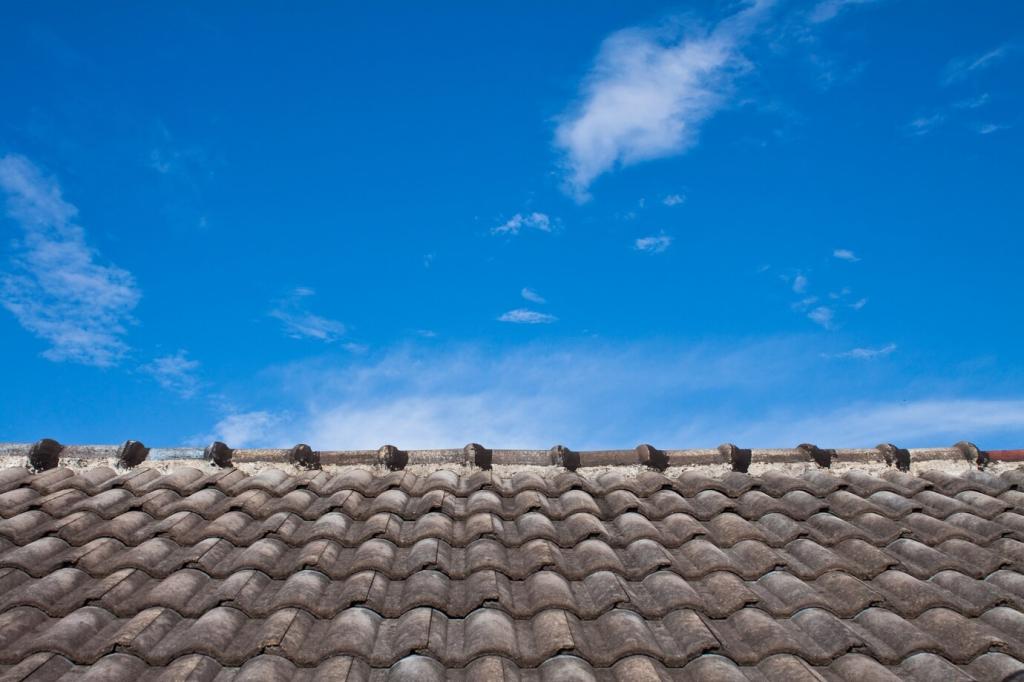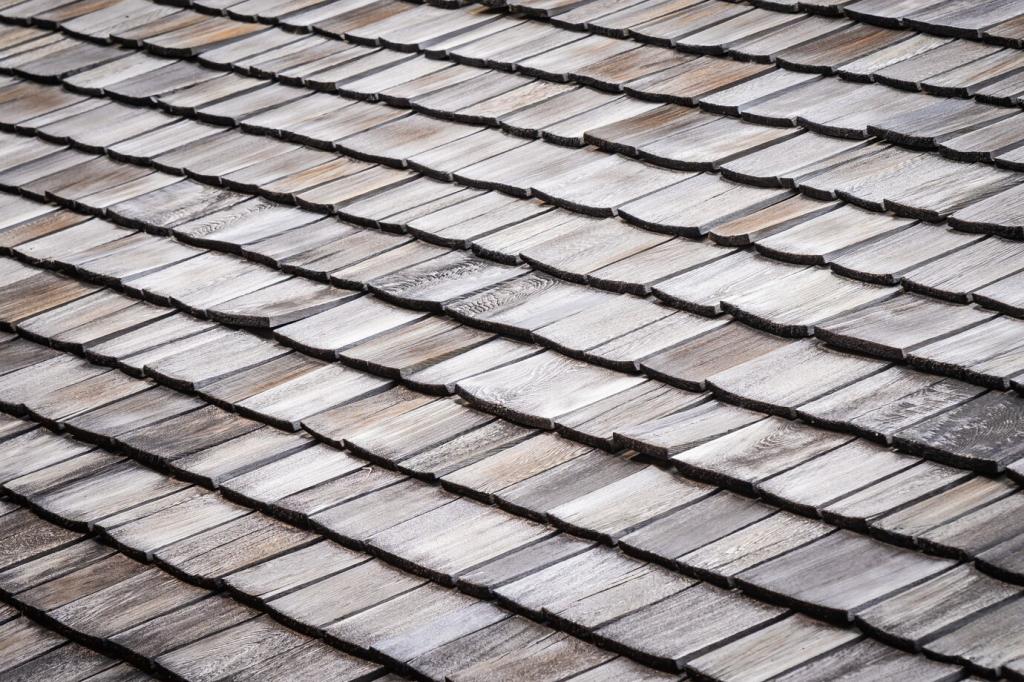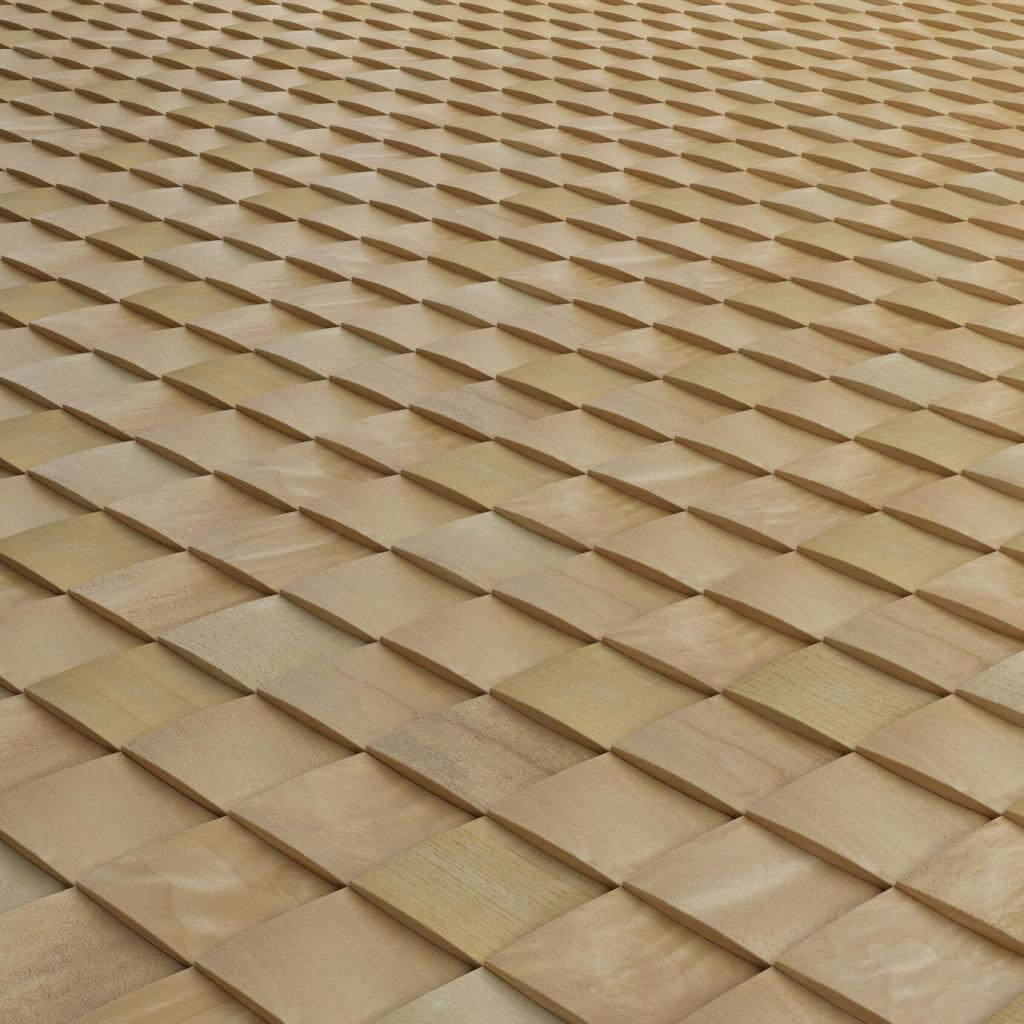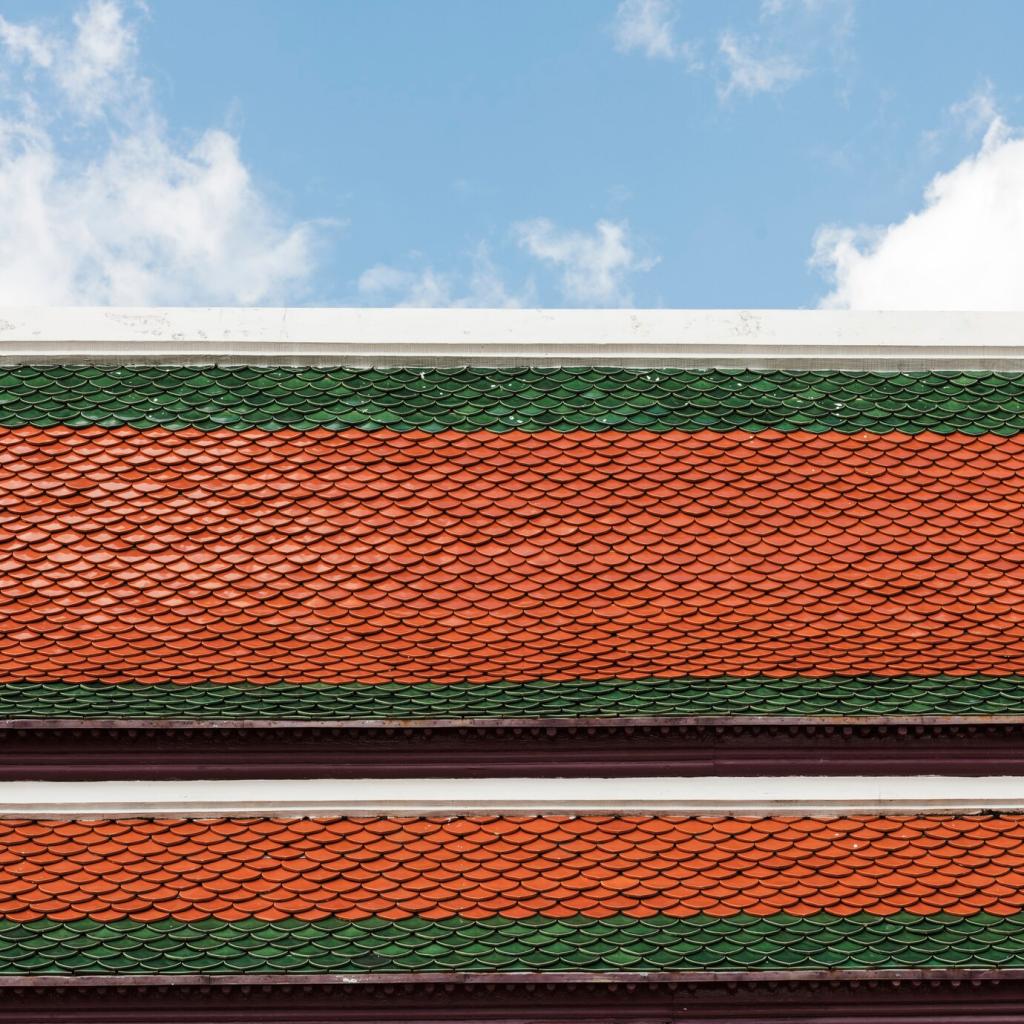
Essential Roof Maintenance Tips
Maintaining your roof is critical for protecting your home from the elements, preventing costly repairs, and extending the lifespan of your roofing materials. A well-maintained roof acts as the first line of defense against rain, snow, wind, and sun. Understanding the key maintenance steps and best practices can save homeowners time, money, and worry in the long run. In this guide, you’ll discover essential roof maintenance tips, learn how to spot potential problems early, and ensure your roof remains in optimal condition year-round.
Regular Roof Inspections
Identifying Problem Areas
During your inspections, pay special attention to areas more prone to damage, such as roof valleys, around chimneys, skylights, and vents. These spots are more susceptible to water infiltration due to their complex shapes and sealing requirements. Look for signs of wear, rust, or separation from the roofing material. Early identification of these problem areas allows you to address small leaks or gaps before they escalate into structural damage and costly repairs.
Recognizing Shingle Damage
Shingles protect your roof from weather elements, so any damage can compromise the entire system. Symptoms like curling edges, blistering, or noticeable granule loss indicate aging or deteriorating shingles. If you notice any shingles that are broken, split, or missing altogether, it’s crucial to act promptly. Damaged shingles expose the underlying layers to moisture, resulting in wood rot, mold, or even interior leaks.
Evaluating Roof Age
The age of your roof is a critical factor in its maintenance needs. Asphalt shingle roofs typically last 20–25 years, while tile or metal roofs can last longer. If your roof is approaching the end of its expected lifespan, be extra vigilant during inspections. Older roofs may display subtle signs of fatigue, such as widespread granule loss or soft spots, which can signal the need for professional assessment and potential replacement.
Cleaning Gutters and Downspouts
Clogged gutters are one of the leading causes of water-related roof damage. When water cannot escape through the gutters, it travels backwards, potentially penetrating the fascia, soffit, and even interior ceilings and walls. Persistent moisture can lead to rot, mold growth, and structural deterioration. Maintaining clean gutters helps prevent these issues, ensuring water is safely directed away from the vulnerable parts of your home.
Managing Roof Debris
Trees overhanging your roof can deposit significant organic matter, particularly during storms or in the fall. Accumulated leaves trap moisture, which promotes the growth of moss or mold and accelerates shingle deterioration. Branches, even small twigs, can scratch or gouge the roof surface. Safely remove all visible debris using a leaf blower or a soft broom, always taking care not to damage the roofing material or dislodge any components during your cleanup.

Locating the Source of Leaks
Finding the exact source of a roof leak can be challenging, as water often travels along rafters before dripping into the interior. Signs of leaks include stained ceilings, peeling paint, or damp spots in your attic. Investigate thoroughly, looking for damage directly above affected interior areas. Use a flashlight to search for cracks, holes, or areas of sagging, especially after heavy rainstorms, to ensure nothing goes unnoticed.

Temporary Leak Solutions
Once a leak is detected, a temporary fix can help mitigate damage until a permanent repair is possible. Options include applying roofing cement to small holes or cracks, covering the area with waterproof tape, or placing a tarp over a leaking section of the roof. While these solutions are not long-lasting, they can provide critical protection during storms or when waiting for a professional roofer to assess and address the problem comprehensively.
Maintaining Roof Flashing and Sealants
During roof checks, examine the metal flashing for signs of rust, bending, or gaps. Even minor movement or corrosion can allow water to seep beneath the shingles, leading to rot or interior leaks. Ensure that all flashing is securely attached and occluding its intended surfaces. Pay particular attention after severe weather events, as high winds and hail can damage or loosen flashing materials.
Sealants are often used where the roof meets other structures, such as vent pipes and skylights. Over time, exposure to sunlight and weather causes these compounds to dry and crack, losing their effectiveness. Check all visible sealant lines during your maintenance rounds, looking for splits or areas pulling away from the surface. Refresh aging sealant with a high-quality, exterior-grade compound to maintain a strong, watertight barrier at all junctions.
Consider upgrading to more durable flashing materials, such as copper or galvanized steel, and using advanced polyurethane or silicone-based sealants to increase your roof’s resilience. While there may be additional upfront costs, these improvements can extend the intervals between required maintenance and reduce the likelihood of leaks. Consult with a professional roofer about available options and how they can be tailored to your specific roofing system and local climate.

Tree Limb Management
Regularly inspect trees near your home for branches that extend over or touch the roof surface. These limbs will sway during windy conditions, potentially causing abrasions or even breaking and landing on the roof during storms. Prune branches back several feet from the roofline to prevent contact. If the trees are large or the branches difficult to reach, always engage a certified arborist to ensure safe and effective trimming.

Dealing With Ice Dams in Winter
Improving Attic Insulation
One of the main causes of ice dams is insufficient or uneven attic insulation. Warm air seeps through the ceiling, heating the roof and melting snow from underneath. By upgrading attic insulation and sealing air leaks, you help keep roof temperatures more consistent, greatly reducing the risk of ice dam formation. This not only protects the roof but can also improve your home’s overall energy efficiency and comfort throughout the colder months.
Ensuring Proper Roof Ventilation
Proper ventilation allows cold air to circulate through the attic, maintaining an even roof temperature and encouraging snow to melt uniformly, rather than from underneath. Inspect and maintain soffit vents, ridge vents, and attic fans to ensure they’re not blocked and are functioning correctly. Good airflow is vital for minimizing both ice dam risks and mold growth in the attic, resulting in a healthier and more durable roof system.
Safe Ice and Snow Removal Techniques
When ice dams or heavy snow accumulation occur, it’s important to remove them carefully to prevent further damage. Use a roof rake with a telescoping handle to clear snow from the roof edge while working from the ground—never stand on an icy roof. For ice dams, consider using calcium chloride ice melt products. Avoid hacking or chipping at the ice, as this can easily damage shingles and gutters. When in doubt, consult professionals equipped for winter roof maintenance.
